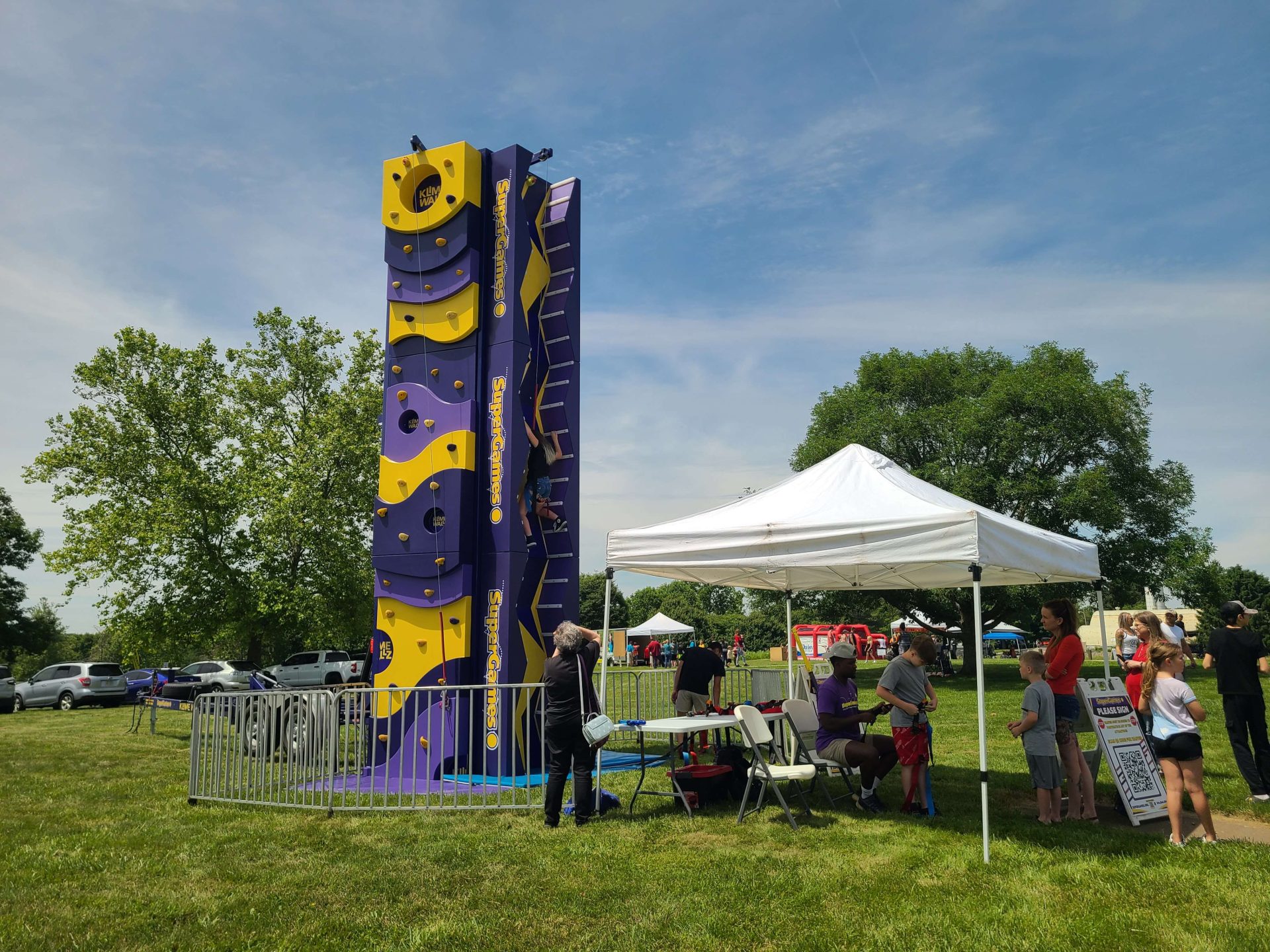Transform your sun-drenched patio into a comfortable outdoor dining oasis with these creative shade ideas that don’t require planting a single tree.
Nothing ruins an outdoor dinner party quite like squinting guests and wilted salads under the blazing sun. While mature trees provide the most natural and beautiful shade, they take years to grow and aren’t always feasible for every outdoor space. Whether you’re working with a small patio, renting your home, or simply need immediate relief from the sun, there are numerous ways to create comfortable shade for your outdoor dining area.
The key to successful outdoor shade is finding solutions that complement your space while providing adequate coverage during peak dining hours. Let’s explore twelve proven methods to transform your sunny outdoor dining area into a cool, comfortable retreat.
Why Outdoor Dining Shade Matters
Before diving into solutions, it’s important to understand why shade is crucial for outdoor dining success:
Comfort: Temperatures under direct sunlight can feel 10-15 degrees hotter than shaded areas, making dining uncomfortable and potentially dangerous during peak summer hours.
Food Safety: Shade helps keep food at safer temperatures longer, reducing the risk of spoilage during outdoor gatherings.
UV Protection: Quality shade structures can block up to 98% of harmful UV rays, protecting your family and guests from sun damage.
Extended Usability: Proper shade allows you to use your outdoor dining space throughout the day, not just during morning and evening hours.
12 Creative Shade Solutions for Outdoor Dining
1. Retractable Awnings: The Premium Choice
Retractable awnings offer the perfect blend of flexibility and substantial coverage. These motorized or manual systems extend from your home’s exterior wall, creating an instant outdoor room when needed.
Best For: Patios attached to the house, areas needing 12+ feet of coverage Coverage: 8-20 feet of projection from the house Cost Range: $500-$3,000+ depending on size and features Installation: Professional installation recommended for motorized units
Pro Tips:
- Choose solution-dyed acrylic fabrics for superior fade resistance
- Look for wind sensors on motorized models for automatic retraction during storms
- Consider adding LED lighting strips for evening dining ambiance

2. Pergolas with Retractable Canopies
Modern pergolas have evolved beyond simple wooden frames. Today’s designs incorporate retractable canopy systems that provide adjustable shade while maintaining an open, airy feel.
Best For: Freestanding dining areas, creating defined outdoor rooms Coverage: Customizable from 8×8 feet to 20×20 feet or larger Cost Range: $1,500-$8,000+ for complete systems Installation: DIY-friendly kits available, or professional installation
Material Options:
- Aluminum: Lightweight, rust-resistant, modern appearance
- Wood: Classic look, requires more maintenance
- Vinyl: Low maintenance, limited style options
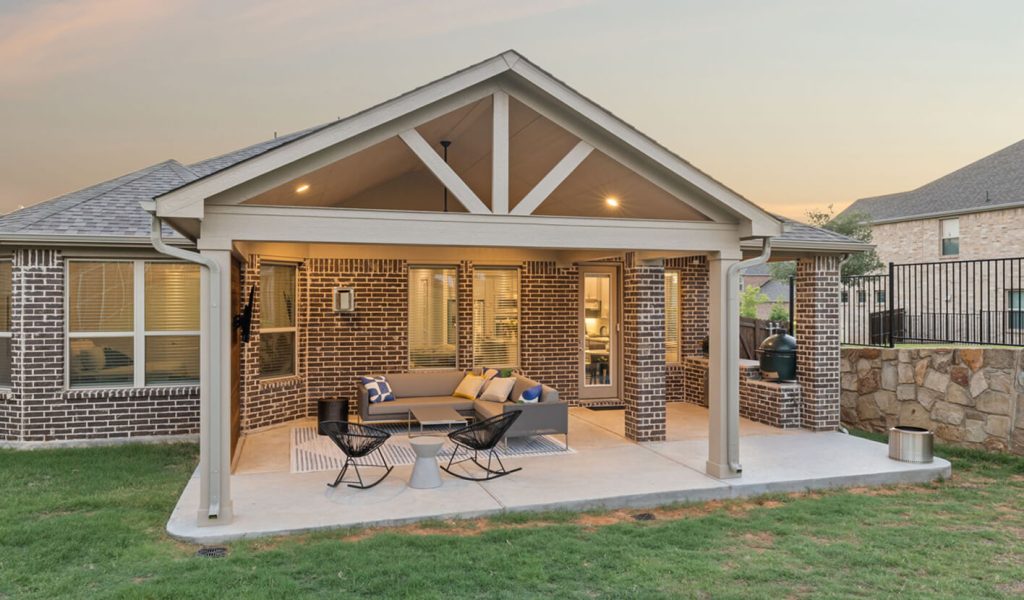
3. Cantilever Umbrellas: Maximum Flexibility
Unlike traditional center-pole umbrellas, cantilever (offset) umbrellas feature a side-mounted base that leaves your dining table completely unobstructed while providing superior coverage.
Best For: Round or square dining tables, areas where center poles would interfere Coverage: 9-13 foot diameter circles Cost Range: $200-$1,500 for quality options Installation: Portable, no permanent installation required
Key Features to Look For:
- 360-degree rotation capability
- Tilt adjustment for sun tracking
- UV-resistant fabric (look for UPF 50+ ratings)
- Sturdy base (minimum 75-100 pounds for stability)

4. Sail Shades: Modern Architectural Appeal
Shade sails create striking geometric patterns while providing excellent sun protection. These triangular or square fabric panels stretch between anchor points to create dramatic, contemporary shade coverage.
Best For: Large areas, modern design aesthetics, custom configurations Coverage: Highly customizable, 10-30+ feet per side Cost Range: $100-$800 per sail, plus installation Installation: Requires sturdy anchor points (posts, trees, or house attachment)
Design Considerations:
- Install with proper slope for water drainage
- Use stainless steel hardware in coastal areas
- Layer multiple sails for greater coverage and visual interest
- Choose colors that complement your home’s exterior
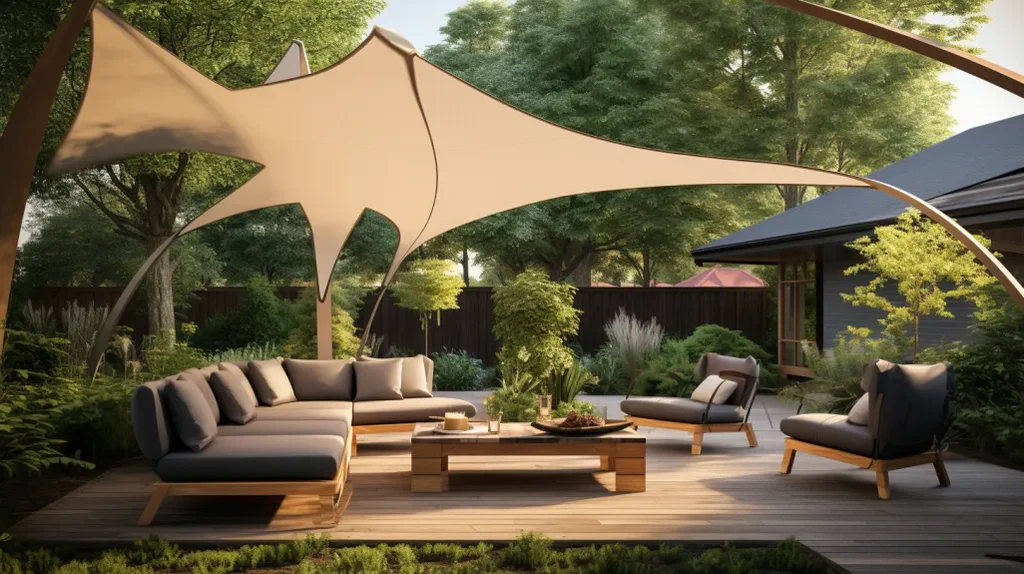
5. Market Umbrellas with Heavy Bases
The classic patio umbrella remains popular for good reason. Modern versions offer improved durability, UV protection, and style options that work with any outdoor dining setup.
Best For: Budget-conscious homeowners, renters, flexible arrangements Coverage: 6-11 foot diameter circles Cost Range: $50-$500 for umbrella, $50-$200 for base Installation: No installation required, completely portable
Upgrade Options:
- LED lighting integration
- Bluetooth speakers built into the pole
- Solar-powered rotating bases
- Easy-crank or push-button opening mechanisms

6. Gazebos: The Ultimate Outdoor Room
Permanent or semi-permanent gazebos create true outdoor rooms with full overhead protection and optional side panels for wind protection.
Best For: Large dining areas, all-weather protection, entertaining focus Coverage: Typically 10×10 to 16×16 feet Cost Range: $500-$5,000+ depending on materials and features Installation: Ranges from weekend DIY projects to professional installation
Style Options:
- Pop-up Gazebos: Portable, seasonal use, budget-friendly
- Hardtop Gazebos: Permanent installation, aluminum or steel roofing
- Soft-top Gazebos: Semi-permanent, fabric roof, moderate durability
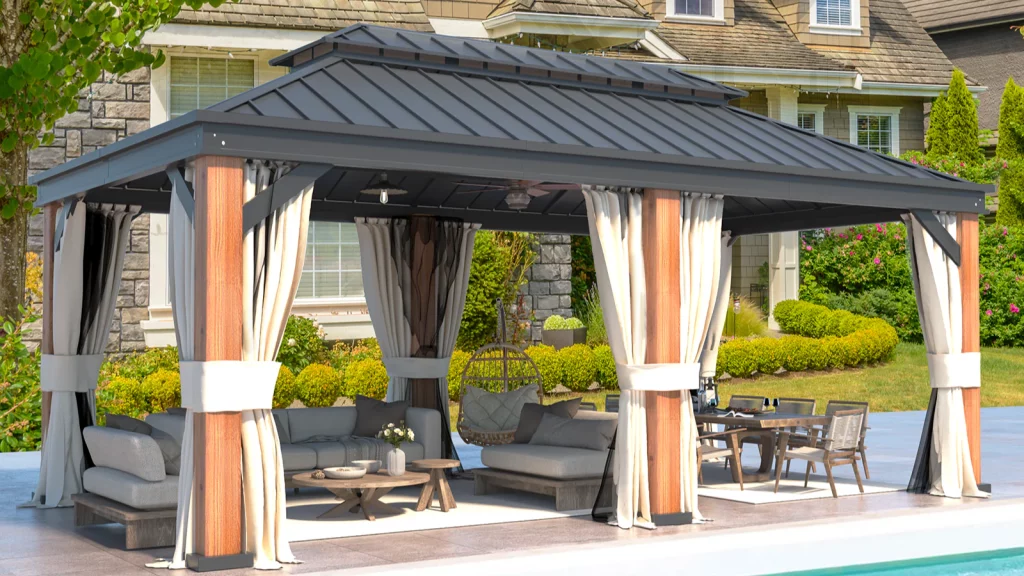
7. Outdoor Curtains and Drapes
Outdoor curtains offer a softer, more intimate approach to creating shade. They work particularly well when combined with pergolas or other overhead structures.
Best For: Creating privacy, romantic dining atmospheres, wind protection Coverage: Customizable based on hanging system Cost Range: $50-$300 per panel set Installation: Simple hanging systems, temporary or permanent
Fabric Considerations:
- Choose outdoor-rated fabrics that resist fading and mildew
- Consider water-resistant options for areas with frequent rain
- Lighter colors reflect heat better than dark colors
- Grommets or tab-tops work best for easy installation and removal

8. Outdoor Shade Structures with Climbing Plants
Create living shade by installing trellises, arbors, or wire systems that support fast-growing climbing plants. This solution combines immediate structure with evolving natural beauty.
Best For: Gardening enthusiasts, eco-friendly approaches, long-term planning Coverage: Customizable based on structure size Cost Range: $100-$1,000 for structure, plus plant costs Installation: Moderate DIY project or professional installation
Fast-Growing Climbing Plants:
- Trumpet Vine: Rapid growth, attractive flowers, attracts hummingbirds
- Clematis: Beautiful blooms, moderate growth rate
- Grape Vines: Edible fruit bonus, excellent coverage
- Wisteria: Stunning spring blooms, requires strong support structure
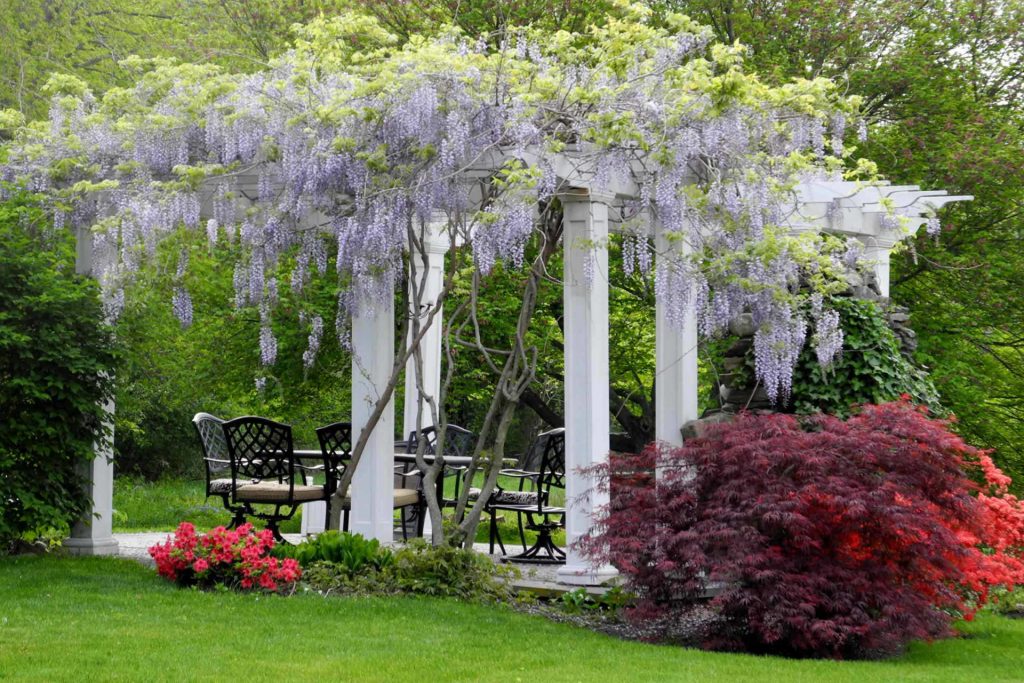
9. Modular Shade Systems
Innovative modular systems allow you to create custom shade configurations using interlocking panels or adjustable louvers. These systems offer the ultimate in flexibility and customization.
Best For: Unique spaces, changing shade needs, design enthusiasts Coverage: Highly customizable Cost Range: $500-$3,000+ depending on complexity Installation: Varies by system, often professional installation recommended
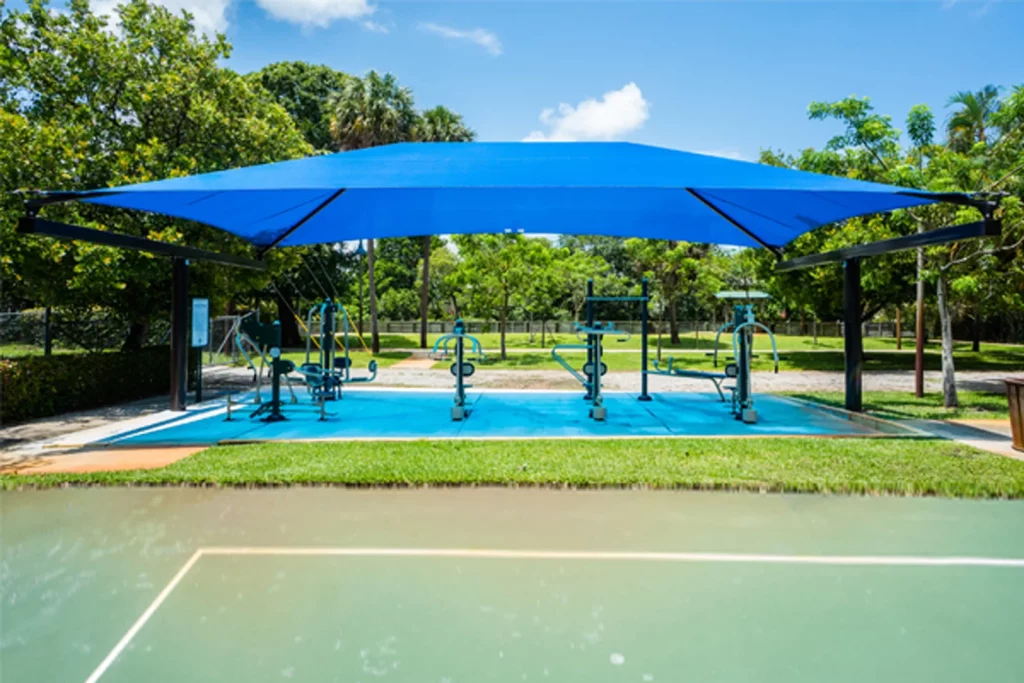
10. Outdoor Shade Screens and Mesh
Shade screens and mesh panels can be attached to existing structures or installed on dedicated frames to create effective sun protection with excellent airflow.
Best For: Windy areas, existing structures, budget solutions Coverage: Customizable to fit any space Cost Range: $50-$500 depending on size and quality Installation: Relatively simple DIY project
Shade Percentages:
- 30-50% Shade: Light filtering, maintains bright atmosphere
- 60-80% Shade: Moderate protection, comfortable for most activities
- 90%+ Shade: Maximum protection, may feel darker
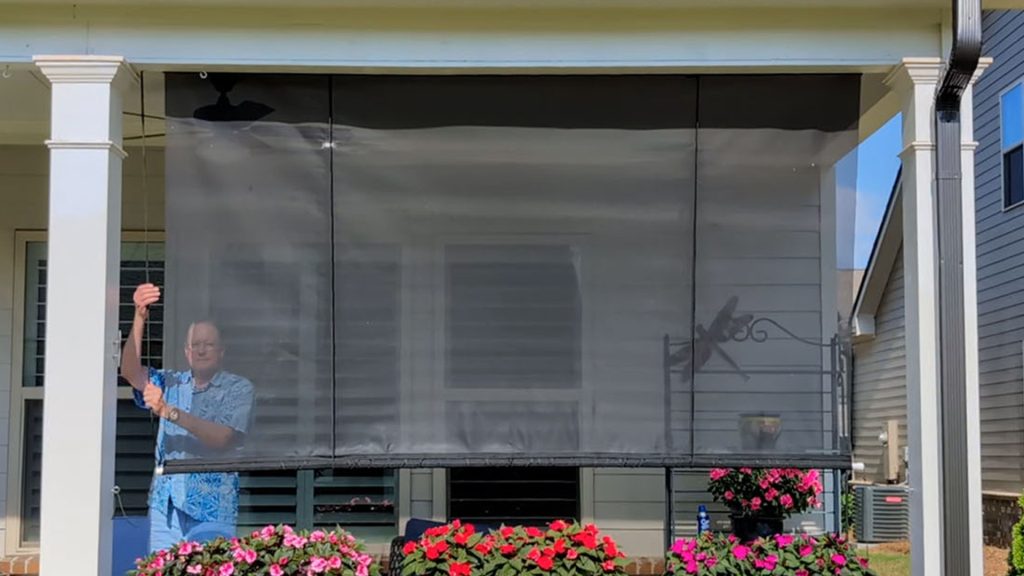
11. Portable Shade Walls
Freestanding shade walls on wheels or lightweight frames provide flexible protection that can be moved as the sun changes position throughout the day.
Best For: Renters, changing sun patterns, multi-use spaces Coverage: Typically 6-10 feet wide, 6-8 feet tall Cost Range: $100-$600 per panel Installation: No installation required, immediately usable
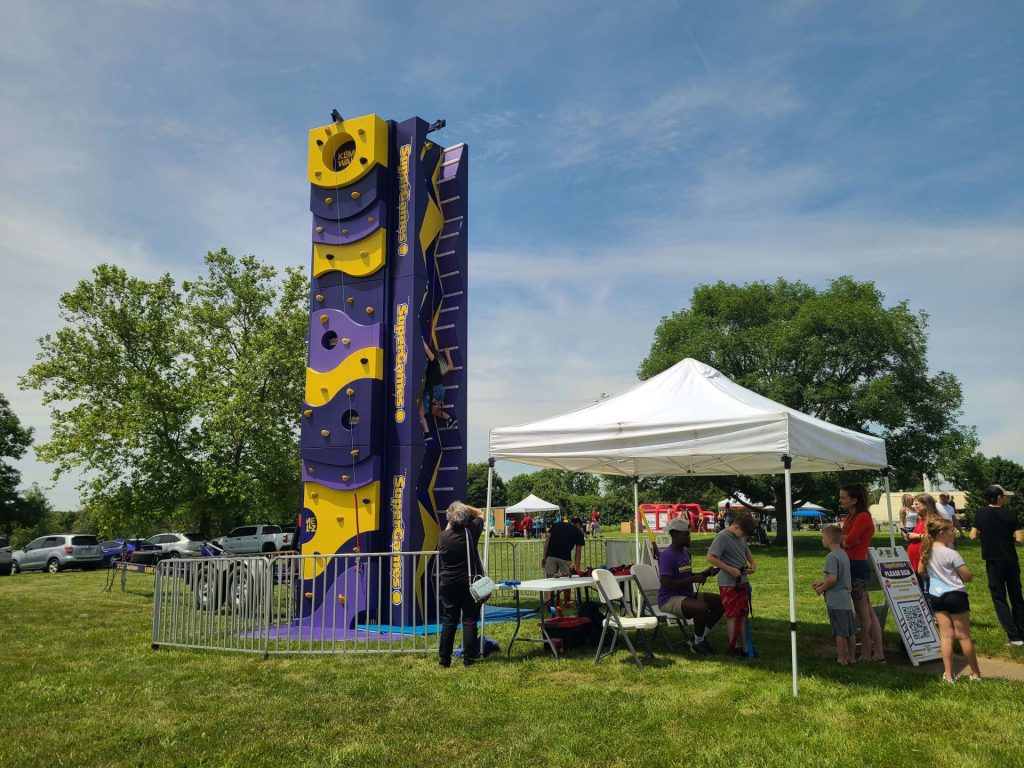
12. DIY Canvas Drop Cloths
For the ultimate budget solution, canvas drop cloths can be fashioned into temporary shade using rope, poles, and basic hardware. This approach works well for occasional use or testing shade positions before investing in permanent solutions.
Best For: Extreme budget constraints, temporary events, experimentation Coverage: Limited by material size and support structure Cost Range: $20-$100 for materials Installation: Basic DIY skills required
Choosing the Right Shade Solution for Your Space
Consider Your Space Dimensions
Small Patios (Under 100 sq ft): Market umbrellas, small cantilever umbrellas, or retractable awnings work best without overwhelming the space.
Medium Patios (100-200 sq ft): Pergolas with canopies, larger cantilever umbrellas, or combination solutions provide appropriate coverage.
Large Areas (200+ sq ft): Sail shades, gazebos, or multiple shade sources can effectively cover expansive outdoor dining areas.
Factor in Wind Conditions
Wind is the enemy of most shade structures. If your area experiences regular winds above 15-20 mph, prioritize:
- Retractable options that can be stored during storms
- Low-profile solutions like shade screens
- Properly weighted or anchored installations
- Wind-resistant materials and designs
Match Your Design Aesthetic
Your shade solution should complement your home’s architecture and your personal style:
Modern Homes: Sail shades, aluminum pergolas, clean-lined umbrellas Traditional Homes: Wooden pergolas, classic market umbrellas, awnings with decorative valances Rustic/Farmhouse: Natural materials, climbing plant solutions, canvas options
Budget Planning
Remember to factor in all costs:
- Initial purchase or installation
- Annual maintenance requirements
- Replacement parts or fabric
- Professional installation if needed
- Seasonal storage solutions
Installation and Maintenance Tips
Professional vs. DIY Installation
Choose Professional Installation For:
- Motorized awnings
- Large pergolas requiring concrete footings
- Sail shades with complex anchor point requirements
- Any solution requiring electrical work
DIY-Friendly Options:
- Market umbrellas with bases
- Pop-up gazebos
- Shade screens with basic mounting
- Outdoor curtains
Seasonal Maintenance
Spring Setup:
- Inspect all hardware for winter damage
- Clean fabric components according to manufacturer instructions
- Check and tighten all connections
- Test motorized components
Fall Winterizing:
- Remove or secure loose fabric components
- Apply protective treatments to metal components
- Store removable elements in dry locations
- Document any needed repairs for spring
Fabric Care
Most outdoor fabrics benefit from:
- Regular brushing to remove debris
- Mild soap and water cleaning
- Air drying (never machine dry outdoor fabrics)
- Professional cleaning for stubborn stains
- Proper storage during extreme weather
Maximizing Your Shade Investment
Strategic Positioning
Study your outdoor dining area’s sun patterns throughout the day and seasons. The sun’s angle changes dramatically from summer to winter, affecting where shade is most needed.
Summer Considerations: Focus on overhead protection during peak hours (10 AM – 4 PM) Spring/Fall Considerations: Lower sun angles may require angled or side protection Year-Round Use: Adjustable solutions provide the most value
Layering Shade Solutions
Combining multiple shade types often provides superior results:
- Overhead structure + side panels for wind protection
- Primary shade + backup umbrella for sun tracking
- Permanent structure + seasonal enhancements
Adding Value with Extras
Many shade solutions can be enhanced with additional features:
- Lighting Integration: LED strips, string lights, or pendant fixtures
- Heating Elements: Infrared heaters for shoulder season use
- Privacy Screens: Panels or curtains for intimate dining
- Weather Protection: Clear panels or roll-down screens for wind and rain
Common Mistakes to Avoid
Insufficient Anchoring
Many shade structure failures result from inadequate anchoring. Always exceed manufacturer recommendations for weights and anchor points, especially in windy areas.
Ignoring Drainage
Fabric shade solutions must be installed with proper slope to prevent water pooling, which can damage fabric and create safety hazards.
Choosing Style Over Function
While aesthetics matter, prioritize function first. A beautiful shade solution that doesn’t provide adequate coverage or withstand local weather conditions is a poor investment.
Forgetting About Maintenance
All outdoor shade solutions require regular maintenance. Factor this into your decision-making process and budget accordingly.
Conclusion: Creating Your Perfect Outdoor Dining Oasis
Creating effective shade for your outdoor dining area without trees is entirely achievable with the right approach and solution. Whether you choose a simple market umbrella or invest in a comprehensive pergola system, the key is matching your solution to your specific needs, space, and budget.
Remember that the best shade solution is one that you’ll actually use consistently. Consider your lifestyle, maintenance preferences, and long-term goals when making your selection. With proper planning and installation, your new shade solution will transform your outdoor dining area into a comfortable retreat that you’ll enjoy for years to come.
Don’t let the lack of mature trees prevent you from creating the outdoor dining space of your dreams. With these twelve proven solutions, you have all the tools needed to design a comfortable, stylish, and functional outdoor dining area that provides perfect shade for every occasion.
Ready to transform your sunny patio into a shaded outdoor dining paradise? Start by assessing your space dimensions and sun patterns, then choose the shade solution that best fits your needs and budget. Your guests will thank you for the comfortable, protected dining experience you’ve created.
